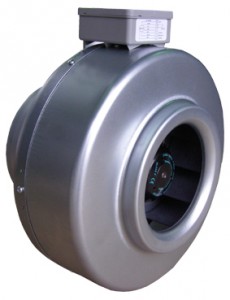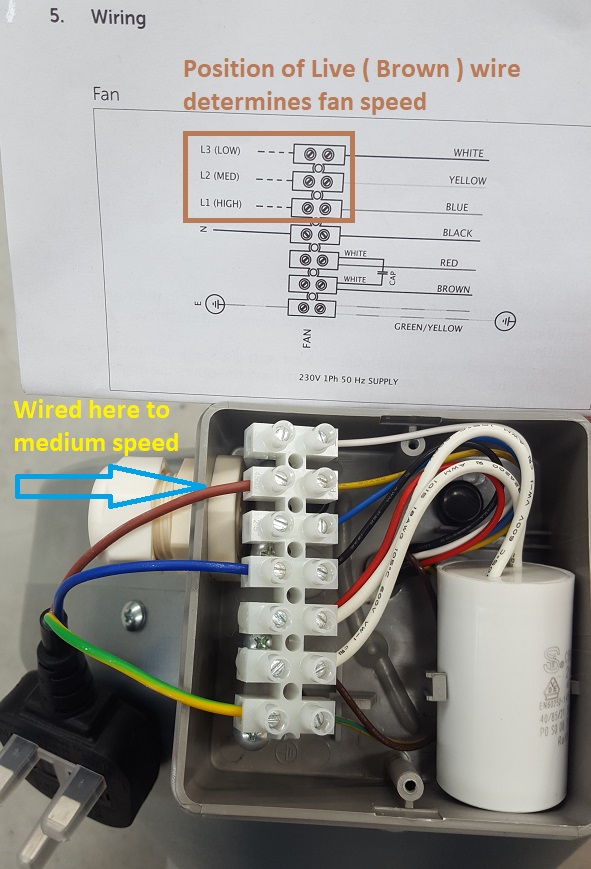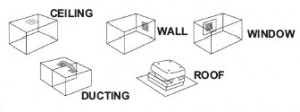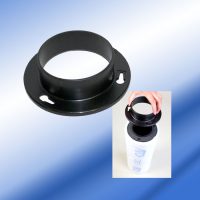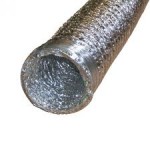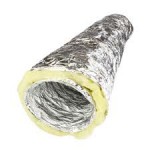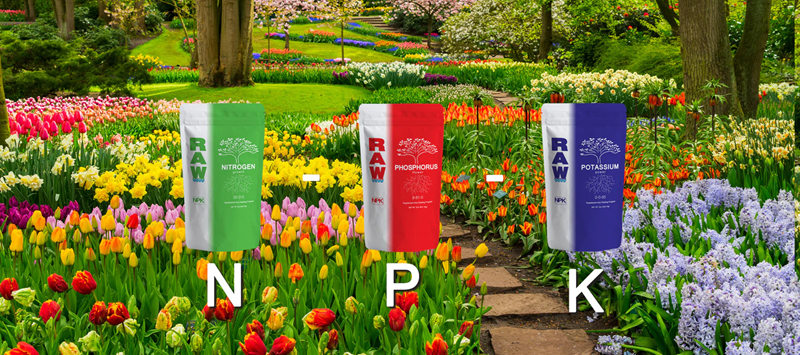Hydor HIT Metal Inline Fans
R2 080.00 – R4 600.00
Description
Hydor HIT Metal Inline Fans – a QUALITY brand for residential, commercial and industrial exhaust or supply air application. Direct connections to standard diameter circular ducting and comes standard with manufacturing.
Please make sure that these fans are wired up CORRECTLY ! Although the fan may function for a period of time when wired INCORRECTLY, it will soon burn out the motor’s windings, rendering it obsolete. This is not covered under warranty and will not be refunded or swapped out.
AND ANOTHER THING… When adding an inline duct fan to a fan speed controller, rheostat or dimmer switch, the fan must ALWAYS be set to its HIGHEST speed setting!
Hydor HIT Metal Inline Fans – Features:
- Easy to install
- Performance up to 0.51m3/second.
- Can be mounted at any angle and suitable for on intake and/or discharge side and for supply or exhaust application.
- Suitable for ambient operating temperatures of up to 50° C.
- Does NOT include electrical cord or 3-point plug
- Hydor warranty: Products of its manufacture when not misused or neglected to be free of defects in workmanship and/or materials. Our obligation under this warranty is limited to repairing or exchanging F.O.B. factory, any part, assembly or portion found to be defective within one (1) year from the date of commissioning but not to exceed eighteen (18) months from date of shipment from our factory.
Motor:
- External motor squirrel cage induction motor.
- Electrical supply, 220-240v.
- Single phase.
- Bearings are sealed for life.
- Can be wired to run at 1 of 3 speeds ( Low , Medium or High ).
HIT -315B Inline Fan = 1861 m3/h
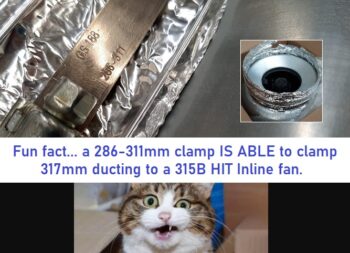
DIMENSIONS
PLEASE NOTE: Only 200mm and larger fans come with a crossbar between the 2 mounting feet.
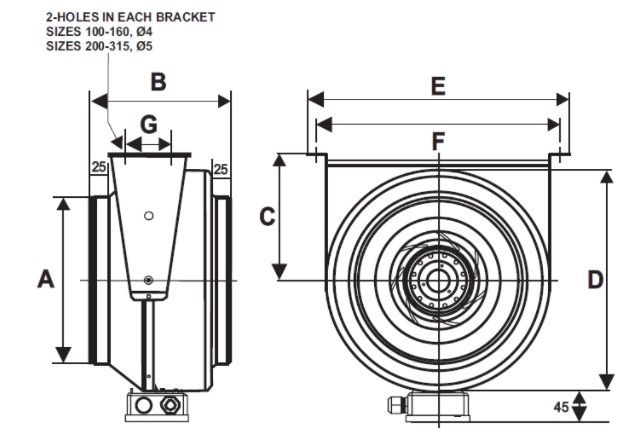
| Model | A | B | C | D | E | F | G | KG |
| HIT100 | 98 | 205 | 130 | 236 | 284 | 270 | 47 | 3.7 |
| HIT150 | 148 | 195 | 165 | 278 | 326 | 312 | 47 | 3.6 |
| HIT200 | 198 | 235 | 190 | 333 | 392 | 372 | 100 | 5.5 |
| HIT250B | 248 | 210 | 190 | 333 | 392 | 372 | 100 | 5.3 |
| HIT315B | 313 | 265 | 227 | 400 | 460 | 440 | 100 | 8.8 |
TECHNICAL DATA
| Model | V | Hz | W | r.p.m. | m3/h H | m3/h M | m3/h L | ||
| HIT100 | 230 | 50 | 59 | 2641 | 219 | 194 | 158 | ||
| HIT150 | 230 | 50 | 62 | 2578 | 464 | 403 | 324 | ||
| HIT200 | 230 | 50 | 155 | 2502 | 914 | 792 | 680 | ||
| HIT250B | 230 | 50 | 165 | 2480 | 1119 | 867 | 680 | ||
| HIT315B | 230 | 50 | 240 | 2480 | 1861 | 1746 | 1616 |
Compared with sleeve bearing, ball bearing has the following advantages: Long life, low maintenance, low temperature compatibility.

